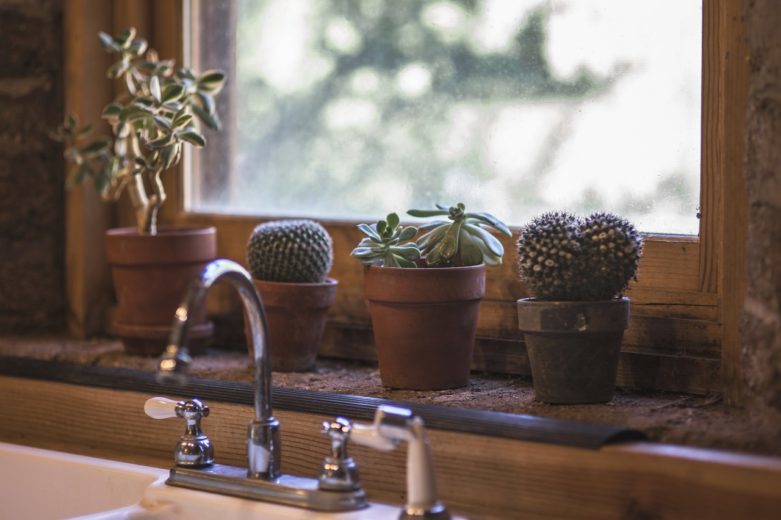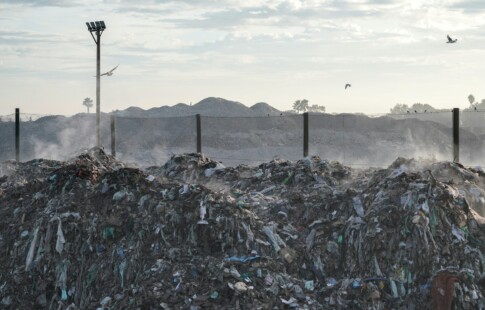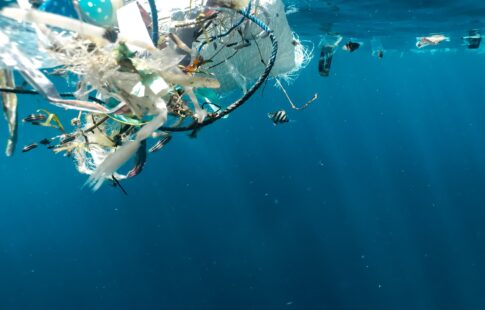
With the Rise of Sustainability, Will We See Suburban Water Change?
We are reader-supported. When you buy through links on our site, we may earn affiliate commission.
Sustainability is becoming a popular topic around the world. Big consumer pushes over the past few years — like the movement to ban plastic straws — demonstrate that people will go out of their way to save the environment.
Some of the most significant sustainability challenges, however, don’t come from the places you expect. When you think about water pollution, the first image that comes to mind is a factory or power plant — wastewater flowing into a river or water source. Yet in much of the country, this image isn’t entirely accurate. The majority of water pollution today comes from the suburbs.
With the pivot towards sustainability, will customers bring eco-friendly habits home and reduce the pollution produced by suburban water use?
How Suburbs Make Water Pollution Worse
Suburbs contribute to water pollution in two major ways. The first is through runoff from asphalt and concrete surfaces, which most residents don’t have control over. The second is drainage from lawns. These contributors lead to non-point water pollution — contamination that can’t be traced back to one source.
One common chemical in water supplies is lead, which corrodes pipes and leads to developmental delays in children. You’ll also find fluoride, a chemical that’s added to the water supply in much of the U.S. to promote dental health. Unfortunately, too much can cause adverse health effects. Arsenic appears naturally in water sources around the world. Yet too much exposure can cause cancer and skin lesions.
The air in the suburbs is more likely face pollution from vehicle exhaust. These contaminants fall back to earth in the form of rain, where it runs off the non-porous surface of concrete roads and flows directly into water sources.
The ideal suburban lawn — uniformly cut, carefully maintained and made up of shallow-rooted grass — significantly adds to water pollution. In fact, current models may underestimate pollution contributed by homes by up to 50%. Lawns demand large amounts of water and reduce local biodiversity. Plus, they introduce pesticides, fertilizers and other harmful pollutants into the environment.
As development continues and urban sprawl worsens, pollution will become a bigger problem — even if consumption patterns and pesticide use stay the same. Aquatic plants native to wetlands have traditionally acted as sponges for pollutants, holding in dangerous chemicals and cleaning water. Now, however, wetlands are threatened by development. In fact, 80% of marine pollution is the result of land-based activities.
The current situation isn’t desirable or sustainable. However, lifestyle changes can reduce suburban neighborhoods’ contribution to water pollution.
How Suburbs Can Prevent Water Pollution
Lawns are one of the most significant contributors to suburban pollution, but they don’t have to be. Better care and design, along with reduced pesticide use, can reduce the amount of water pollution produced.
Most suburban lawns use shallow-rooted, non-native grasses. However, deep-rooted grasses, like those commonly found on the American prairie, absorb more carbon dioxide. They also do a better job of loosening the soil. As a result, water-based pollutants are less likely to run off into water sources and more likely to absorb where they fall.
Lawns that plant deep-rooted, native grasses can establish better root networks and reduce the runoff of pollutants. These lawns won’t produce cuttings or organic waste that runs off into local waterways. As a bonus, the native plants and grasses offer better shelter to animals.
Solutions don’t need to go as far as redesigning lawns. Municipal bans or taxes on dangerous pesticides can significantly reduce pollutants that make it to waterways. Consumers should also advocate for reduced plastic usage. Approximately 8 million tons of plastic get into the ocean each year. Reducing our use of single-use items can resolve this problem. Other sources of non-point water pollution can be reduced or eliminated with better habits. By picking up after pets and ensuring used motor oil or antifreeze is disposed of properly, suburbanites can ensure they’re not contributing to their neighborhood’s water pollution.
Carpooling, switching to a hybrid or electric vehicle and reducing the amount you drive can clear the air. On a municipal level, policies and road design that encourage walking and biking can reduce emissions — and, as a result, runoff and water pollution.
Reducing Suburban Water Pollution
The face of water pollution is often industry and agriculture. However, sources close to home — the suburbs — are some of the biggest contributors. Major fixtures of suburban living — like cars, lawns and asphalt surfaces — add to chemical runoff and negatively impact the quality of water.
Suburbs aren’t guaranteed cause pollution. Some modern neighborhoods implement eco-friendly measures designed to bring future benefits. Nevertheless, people living there can utilize habits to improve water quality. Bans on pesticides and native plant-based lawns, for example, can significantly reduce water usage and cut back on pollution.
Share on
Like what you read? Join other Environment.co readers!
Get the latest updates on our planet by subscribing to the Environment.co newsletter!
About the author

Jane Marsh
Starting from an early age, Jane Marsh loved all animals and became a budding environmentalist. Now, Jane works as the Editor-in-Chief of Environment.co where she covers topics related to climate policy, renewable energy, the food industry, and more.





